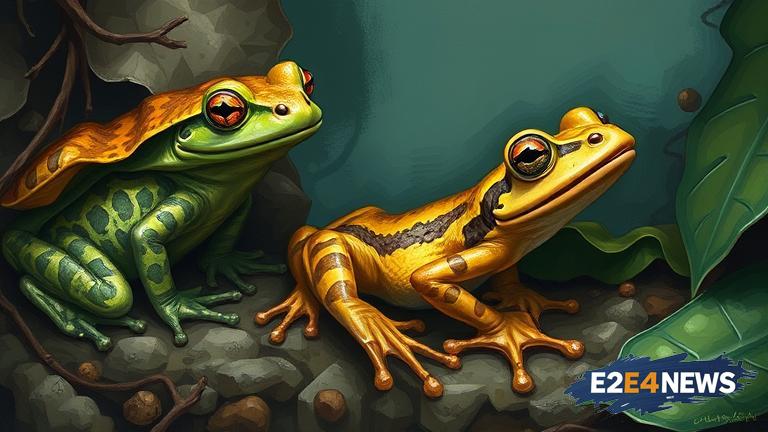In a groundbreaking effort to preserve biodiversity, 650 rare amphibians, including the critically endangered Panamanian golden frog, were released into the wild in Panama. This release is part of a larger conservation initiative aimed at protecting these species from extinction. The Panamanian golden frog, once abundant in the region, has faced severe threats from habitat loss, pollution, and the deadly chytrid fungus. Conservationists have been working tirelessly to breed these amphibians in controlled environments, ensuring their survival and eventual reintroduction into their natural habitats. The release took place in the Panamá Oeste province, an area known for its rich biodiversity. This event marks a significant milestone in global conservation efforts, highlighting the importance of protecting endangered species. The success of this program underscores the effectiveness of collaborative efforts between local communities, conservation organizations, and scientists. By releasing these amphibians, the ecosystem in Panama gains a vital component, as these species play a crucial role in maintaining ecological balance. The initiative also raises awareness about the plight of amphibians worldwide, many of which are facing similar threats. The conservation program involved extensive research and careful planning to ensure the released amphibians have the best chance of survival. This includes monitoring their adaptation to the wild and ongoing efforts to protect their habitats. The release of these 650 amphibians is a beacon of hope for other endangered species, demonstrating that concerted conservation actions can yield positive results. It also emphasizes the need for continued support and funding for such programs to ensure the long-term survival of these species. The success of this project serves as a model for future conservation initiatives, both in Panama and around the world.
